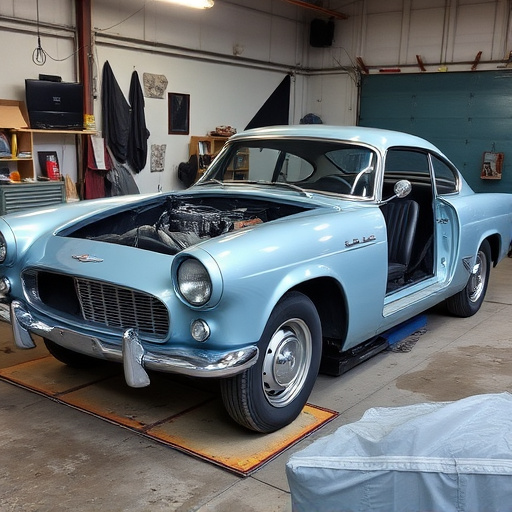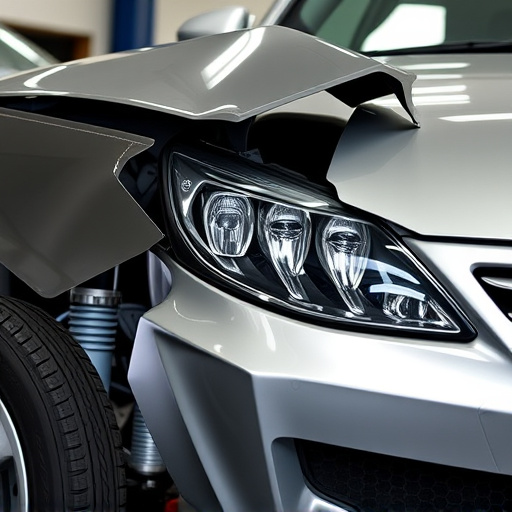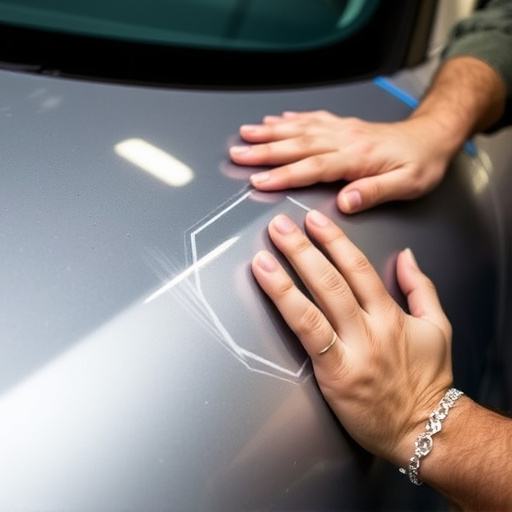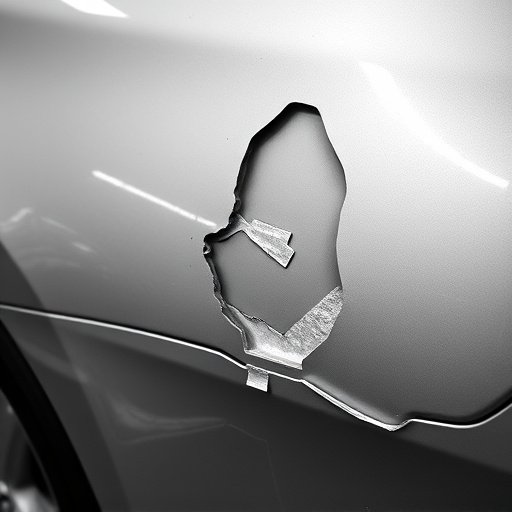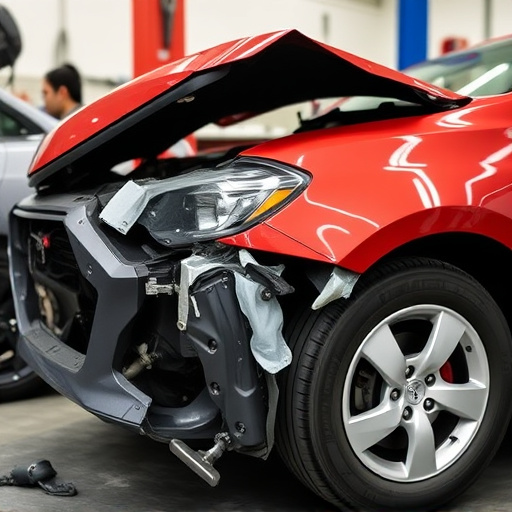In emblem replacement collision scenarios, differentiating between OEM and aftermarket emblems is key. OEM emblems offer superior quality, durability, and brand authenticity but are more expensive. Aftermarket emblems are budget-friendly but may lack accuracy in design and fitment, leading to potential damage. For collision repair, choosing OEM ensures a seamless fit, superior performance, and reliability matching the vehicle's original specifications. Cost is a primary factor; OEM is more expensive while aftermarket offers generic craftsmanship for tight budgets or older vehicles.
When it comes to emblem replacement after a collision, choosing between Original Equipment Manufacturer (OEM) and aftermarket options is crucial. This article breaks down the key differences between OEM and aftermarket emblems, focusing on quality materials, cost implications, and more. Understanding these distinctions will empower car owners to make informed decisions, ensuring top-notch repairs that match their vehicle’s standards. Whether prioritizing budget-friendly solutions or seeking premium quality, this guide has you covered for emblem replacement collision repairs.
- Understanding OEM vs Aftermarket Emblems: Key Differences
- Quality and Durability: A Closer Look at Materials
- Cost Implications: Budget-Friendly vs Top-Tier Options
Understanding OEM vs Aftermarket Emblems: Key Differences

When it comes to emblem replacement collision scenarios, understanding the distinction between Original Equipment Manufacturer (OEM) and aftermarket emblems is paramount for vehicle owners and collision repair shops alike. OEM emblems are the original, factory-fitted badges that come with a vehicle when it’s first manufactured. These are typically made to exacting standards, ensuring they align perfectly with the vehicle’s design and offer superior durability. They are often considered a mark of quality and authenticity, reflecting the brand’s identity on the car.
Aftermarket emblems, on the other hand, are replacement badges produced by third-party manufacturers. While they serve the same functional purpose as OEM emblems, these replacements might not perfectly replicate the original design or fitment. They are generally more affordable than OEM parts and can be a good option for those seeking cost-effective solutions during auto maintenance. However, the quality may vary among aftermarket brands, and improper installation could lead to misalignment or damage to the vehicle’s vehicle bodywork.
Quality and Durability: A Closer Look at Materials

When considering emblem replacement for your vehicle, one critical aspect to evaluate is the quality and durability of the materials used. OEM (Original Equipment Manufacturer) emblems are typically crafted from high-grade plastic or metal alloys designed to withstand the rigors of daily driving and environmental conditions. These materials are chosen for their longevity, ensuring the emblem retains its integrity over time. On the other hand, aftermarket emblems might use a wider range of materials, some of which could be less durable. From affordable vinyls to more robust yet potentially less flexible plastics, the quality can vary widely.
In an auto body shop or tire services environment, where vehicles may encounter various road conditions and weather extremes, choosing the right materials becomes even more crucial. Aftermarket emblems might offer temporary cost savings but could result in premature fading, cracking, or peeling, especially during intensive auto maintenance routines. In contrast, OEM replacements are designed to match the vehicle’s original specifications, ensuring a seamless fit and long-lasting performance, making them a preferred choice for those seeking durability and reliability.
Cost Implications: Budget-Friendly vs Top-Tier Options

When considering emblem replacement for your vehicle, cost is a primary factor to weigh. OEM (Original Equipment Manufacturer) emblems offer top-tier quality, guaranteed compatibility, and often come with warranties, making them a more expensive option. These emblems are directly sourced from the vehicle manufacturer, ensuring precise fitment and original appearance. On the other hand, aftermarket emblems provide budget-friendly alternatives. While they may not have the same level of craftsmanship as OEM options, they are typically less costly due to their generic nature. Aftermarket emblems can be a suitable choice for those on a tight budget or looking to restore an older vehicle without breaking the bank.
In a collision center or vehicle body shop, choosing the right emblem replacement is essential. For those prioritizing aesthetics and long-term reliability, investing in OEM parts is advisable. However, if cost is a primary concern, aftermarket emblems can offer a viable solution for temporary repairs or lesser visible areas of the car. This decision ultimately depends on individual preferences, budget constraints, and the level of restoration desired for one’s car restoration.
When considering emblem replacement for your vehicle, understanding the distinct differences between OEM and aftermarket options is crucial. While both serve the purpose of restoring or enhancing your car’s identity, their quality, durability, and cost vary significantly. For those prioritizing longevity and brand authenticity, OEM emblems offer superior materials and precision engineering. Conversely, aftermarket alternatives provide more flexibility in terms of design and affordability, making them an appealing choice for budget-conscious consumers. Ultimately, the decision between OEM and aftermarket replacement depends on individual preferences, restoration goals, and financial considerations after a collision.
